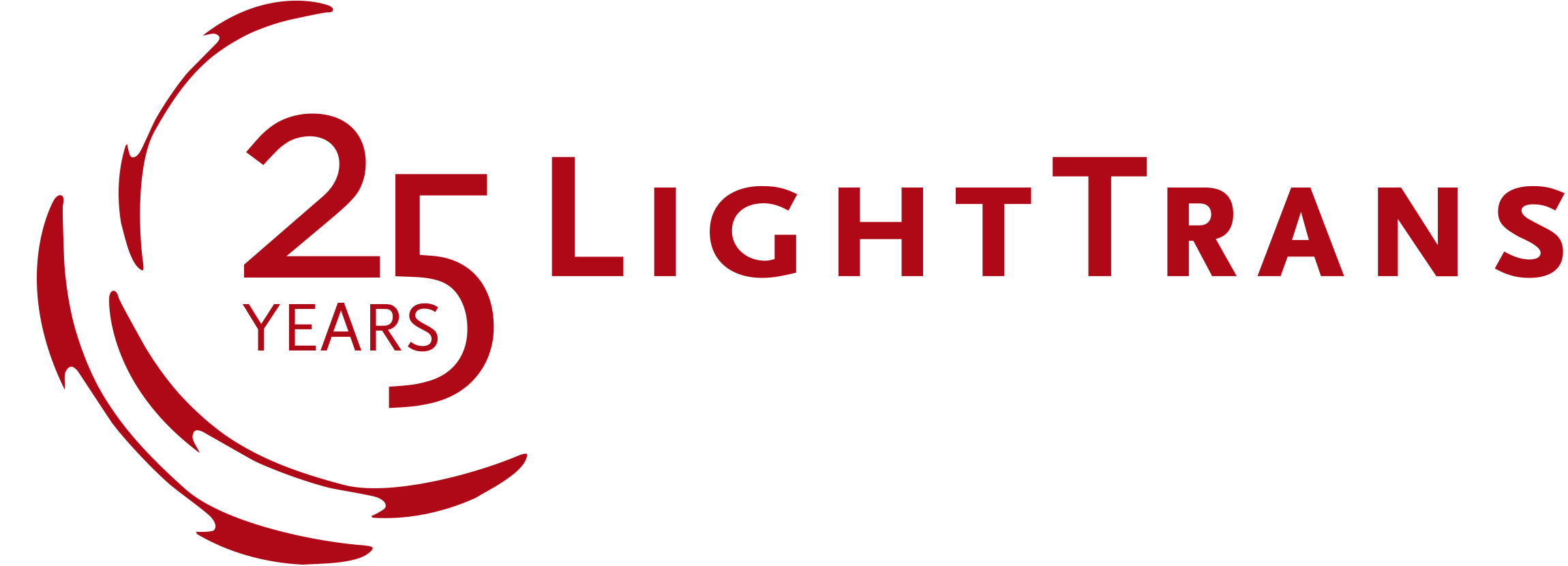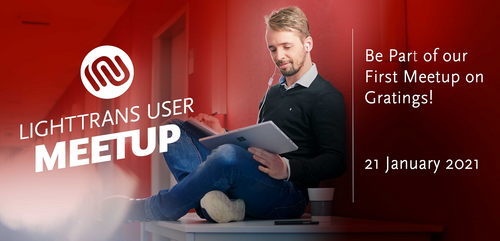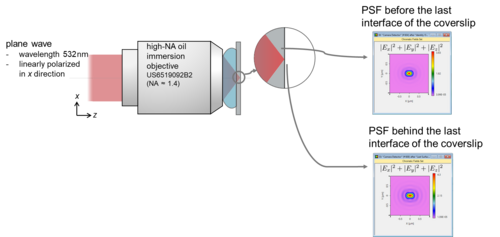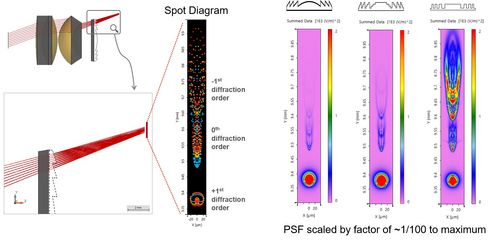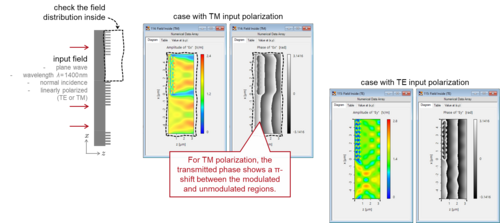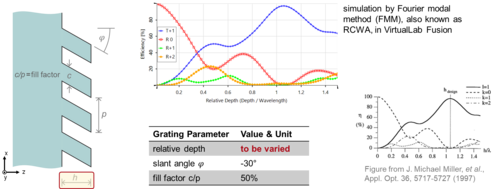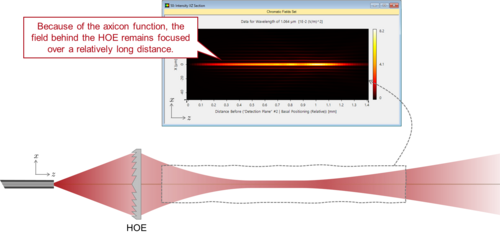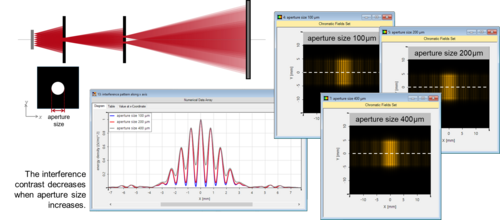What’s new in our Optical Modeling and Design Software?
Save your Seat for Our First User Meetup on Gratings
Register now and save your seat for our first User Meetup. To inaugurate this new format we have chosen the topic of gratings.
21 January | 09:00 – 20:00 (CET)
Read moreTight Focusing for Immersion Microscopy and STED Microscopy
Tight focusing by high-NA objective lenses, which generates a small PSF (Point Spread Function), is essential for high-resolution microscopy systems. Among many other microscopy systems, immersion microscopy uses a coverslip to separate the immersion liquid and the specimen. It may distort the PSF at the focal plane. We demonstrate that the asymmetric PSF is further elongated behind the coverslip. Moreover, STED (stimulated emission depletion) microscopy, which is widely used for tens-of-nanometer resolution, requires a donut-shaped PSF for depletion. We follow the proposed method by P. Török and P.R.T Monro to model the tight focusing of a Gaussian-Laguerre beam. The generation of a donut-shaped PSF is demonstrated.
Read moreSave your seat for our Webinars on Diffractive Lenses & Fiber Optics!
In order to adapt to different time zones worldwide, we will hold the webinars twice (all times CET):
Diffractive Lenses | 13 January | 10:00 & 18:00
Fiber Optics | 3 February | 10:00 & 18:00
Take Part in Our Upcoming Online Events
Register now for our next online events and save your seat.
Webinar | Diffractive Lenses – 13 January
User Meetup | Gratings – 21 January
Webinar | Flat Optics – 28 January
Online Training | Grating | 01 – 04 & 08 – 11 February
Polarization-Dependent Gratings
Gratings, especially those with sub-wavelength structures, are known to be sensitive to the polarization of light. Such behavior can be detrimental; but it can also be made use of. For example, we construct a polarization-sensitive diffraction grating, following the work of J. Wüster et al., and show its properties in VirtualLab Fusion. Another typical example is to exploit the polarization dependence to make wire-grid polarizers.
Read moreRegister now for our Online Training on Grating Modeling & Design
Learn from our optical engineering experts how to use VirtualLab Fusion efficiently. The Online Training will be held twice to adapt to different time zones worldwide.
01 – 04 February 2021 | 17:30 – 20:30 (CET)
08 – 11 February 2021 | 08:30 – 11:30 (CET)
Bessel Beam Generation
Bessel beams, because of their unique property of a tight longitudinal focus, are found useful for material processing, optical tweezing, and other applications. In VirtualLab Fusion, we demonstrate the generation of such beams. In the first example, a holographic optical element (HOE) is designed to convert the output of a fiber into a Bessel beam directly; the second example investigates the effect from the round-tip of the axicon on the generated Bessel beams.
Read moreYoung’s Interference Experiment with Partially Coherent Light
The double-slit interference experiment was originally conducted by Thomas Young in the early 1800s. It shows the wave-like nature of light and serves as an important technique for spatial coherence measurements. We reproduce Young’s experiment in VirtualLab Fusion, with both a single point source and an extended source. We investigate in particular the coherence properties of the extended source by checking the change in the contrast of the interference fringes.
Read more